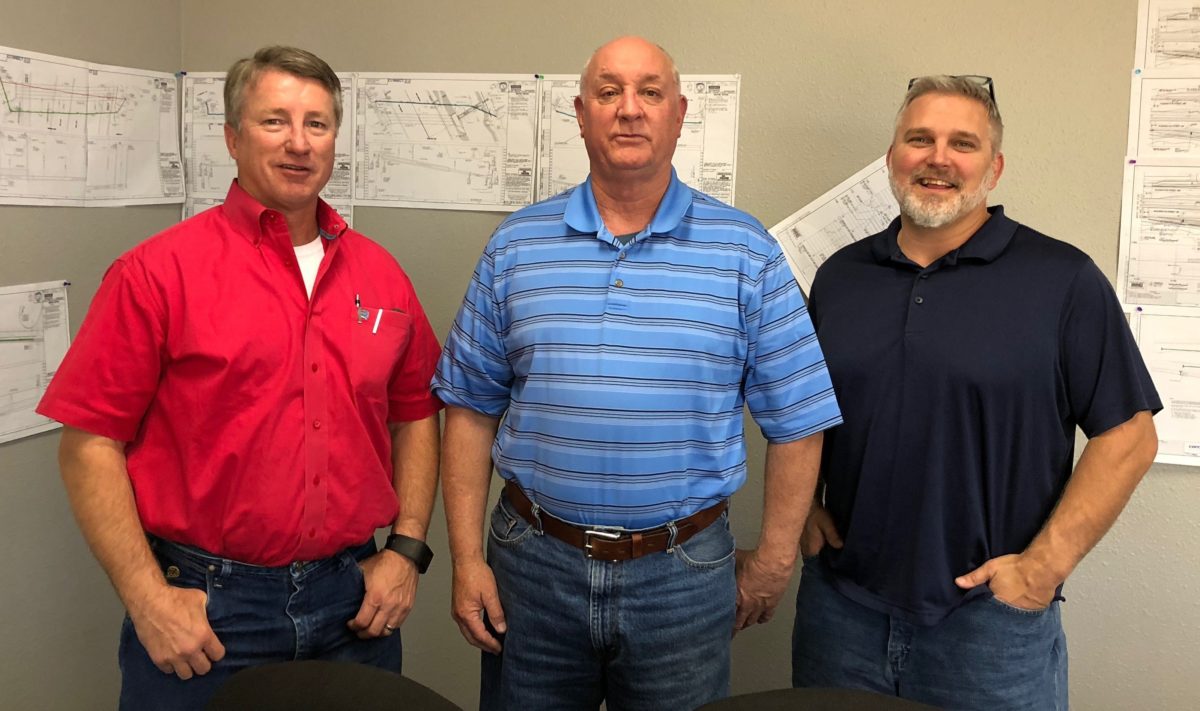Equipment Costing – Part 1
Non-HeavyBid Stuff, Setup HeavyBid
If there is anything in the field of estimating that is misunderstood it is equipment costing. First it is critical to understand that the first day when the key is first turned on at the start of the equipment’s life to the final day when the key is turned off (when it is sold) there is a single exact hourly cost. The theoretical cost is not a range but a single exact number for each piece. Equipment costs during ownership like major repairs can be far into the future, setting the correct cost for estimates can be abstract at best. With that said I have heard many inaccuracies from estimators that I need to offer my opinion on and may I stress this is my opinion. Here are two that reoccur as I train companies. More will be addressed in Part 2 to this blog subject.
- Statement: “If we really want the job we vary the rental equipment cost with a discount percentage or a lump sum deduct“. Usually this approach is used towards the end of the estimate’s life cycle when the lead estimator and company officer feel that the estimate price is too high. If a piece of equipment has a single exact rental rate what the company is really doing is adjusting profit margin. What else could it be it there is an exact rental cost for each piece of equipment in the estimate? So in effect there are two profit margins that exist-the final one based on total costs and a nebulous built in margin in the equipment rates that in most likelihood never has been calculated. Now if the discount was added back into future estimates then I could agree with the approach but I am confident that this does not occur. There is no ledger of discount and equipment addons.
- Statement: “I can’t get that rental rate for that bid item“. Think about it. Somehow the estimator has backed out all other costs and margin for the bid item and varies the equipment rental costs to adjust the single bid item to a “market” bid price. This approach is worst than the first example in terms of a misunderstanding of basic estimating theory. The only way to correctly reach a market price is to adjust the crew production rate as crew costs are the only variable if material and/or sub have been correctly set. And when was the market price set? Inflation is a steady, almost invisible cost that chisels away at market prices. Equipment costs do not vary per biditem.
As I always preach – keep costs as costs. Don’t have pockets of markup through various portions of the estimate. So what is the correct method to determine hourly ownership equipment costs? I always recommend a full overall calculation based on a purchase/salvage cost with major maintenance costs added (minor maintenance can be in EOE costs). A good baseline is take quoted equipment prices and apply a discount (maybe 20%) and see where your equipment cost is. I also always recommend separating rent and EOE. So don’t fall into a trap of nebulous equipment prices that have no backup.





